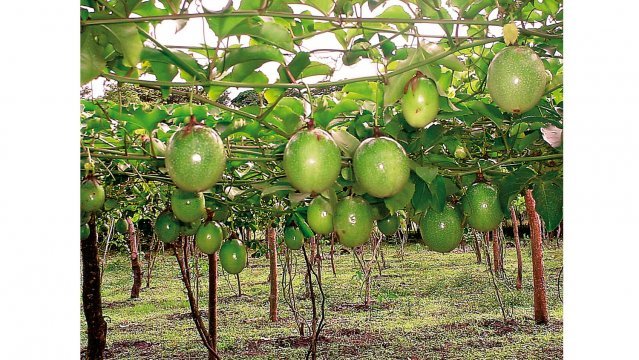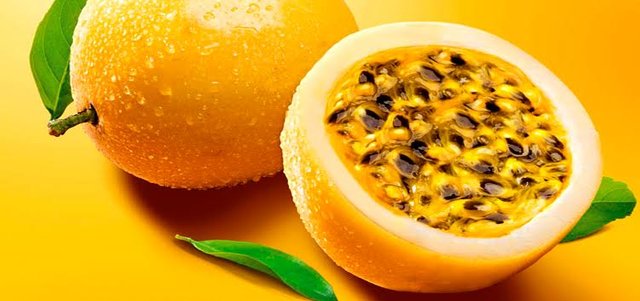Passion Fruit or Parchita: Sow at home
Maracuyá (from the tupí mara kuya, meaning "fruit that is served") is a round fruit, yellow when mature and with many seeds, produced by the passion fruit. The fruit is typical of Tropical and Subtropical America; the largest producers are: Peru, Venezuela, South Africa, Sri Lanka, Australia, as well as Brazil, which is the world's largest producer.
The passion fruit is a climbing plant with continuous vigorous growth. Its fruits, when mature, detach and fall on the ground; The passion fruit harvest period occurs six to nine months after sowing. There are three types of maracuyas: the yellow passion fruit, which corresponds to 95% of the type grown in Brazil, therefore, is the most important commercially; the purple passion fruit, indicated for regions of colder climates; and sweet passion fruit, suitable for consumption as fresh fruit.
The passion fruit is used mainly in the manufacture of juices and sweets, in addition to being consumed in its natural state. The fruit is a great source of vitamin C, fundamental for the proper functioning of the organism. In addition, it also has significant amounts of vitamins B Complex (B2 and B5), Iron, Calcium and Phosphorus. The sedative powers of passion fruit are well known. This calming property is due to the alkaloid substances and bioflavonoids that act on the central nervous system.

Its fruits are very large and sweet. Once a week my partner and I dedicate ourselves to remove a little the dry leaves, we pick up some harvests that are already ready.


In healthy and well-managed fruit trees, the plants are selected considering their vigor, productivity, precocity, resistance to pests and diseases; of these plants, the largest mature fruits are harvested, of good quality and with a good amount of juice. The fruits, the seeds can dry inside or be harvested and placed in a crockery or glass container for fermentation, without adding water, for 2 to 6 days, whose purpose is to separate them from the mucilage that surrounds them. They are then washed and placed on paper to dry in the shade. Another way to remove the mucilage is to use a de-polisher, a piece adaptable to the blender that does not damage the seeds, found in the trade.

Reference:

Beautifully crafted publication, thanks for sharing
Resteem
(to be a part of this community; ensure to always use #farms and #steemchurch for agricultural related post)
Una de mis frutas preferidas, aca en casa tengo dos plantas, una que ya ha dado muchas parchitas y otra en pleno crecimiento!!!
Congratulations @veronicaparente! You received a personal award!
You can view your badges on your Steem Board and compare to others on the Steem Ranking
Do not miss the last post from @steemitboard:
Vote for @Steemitboard as a witness to get one more award and increased upvotes!